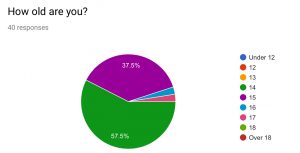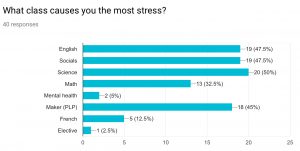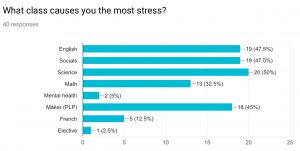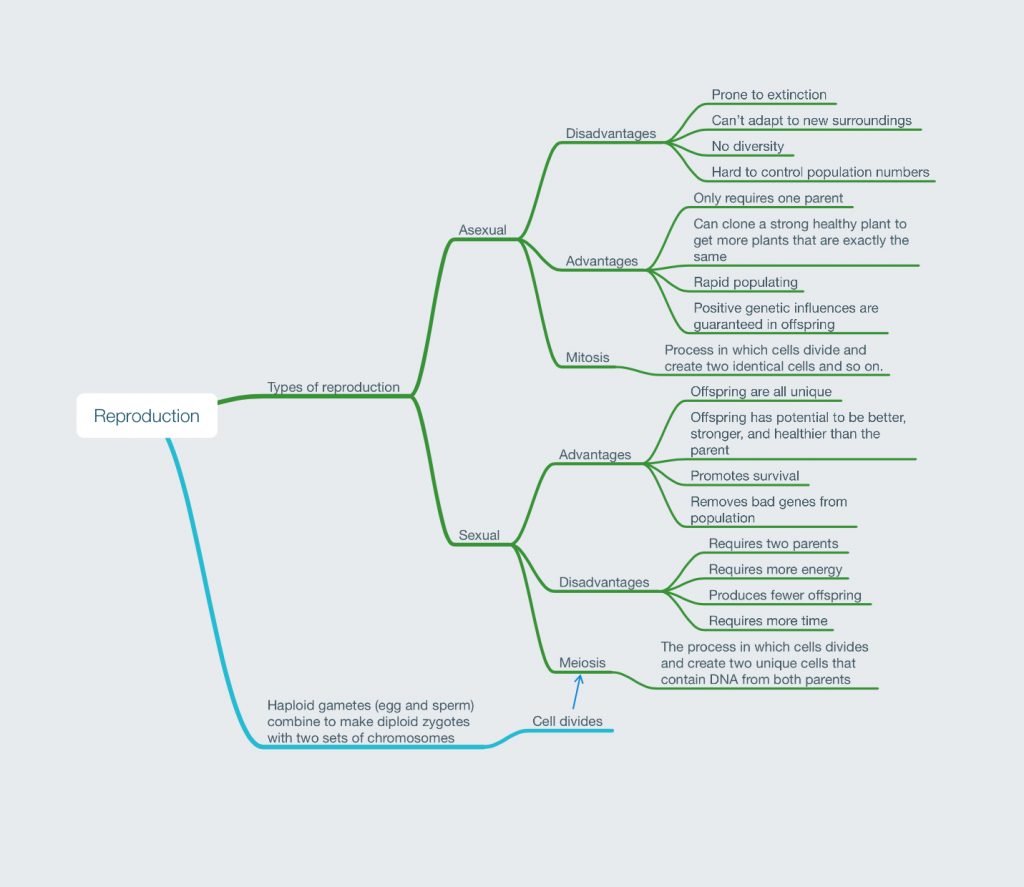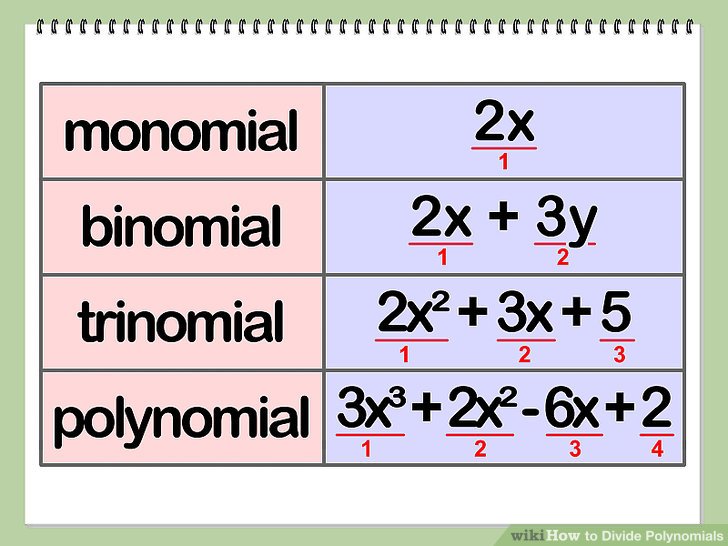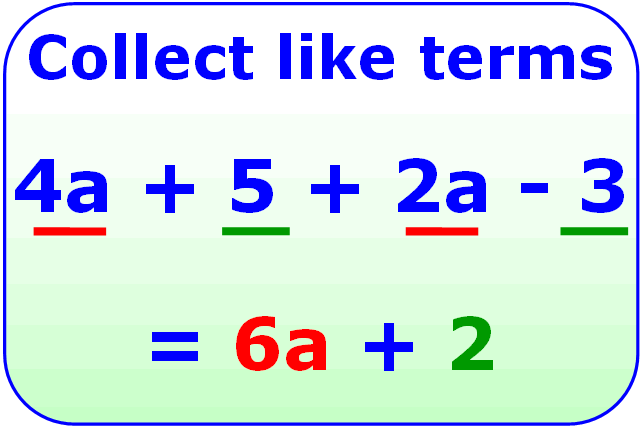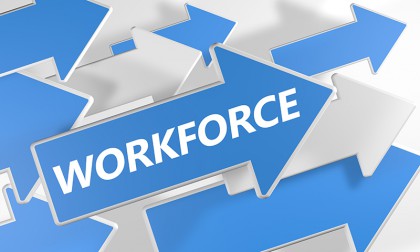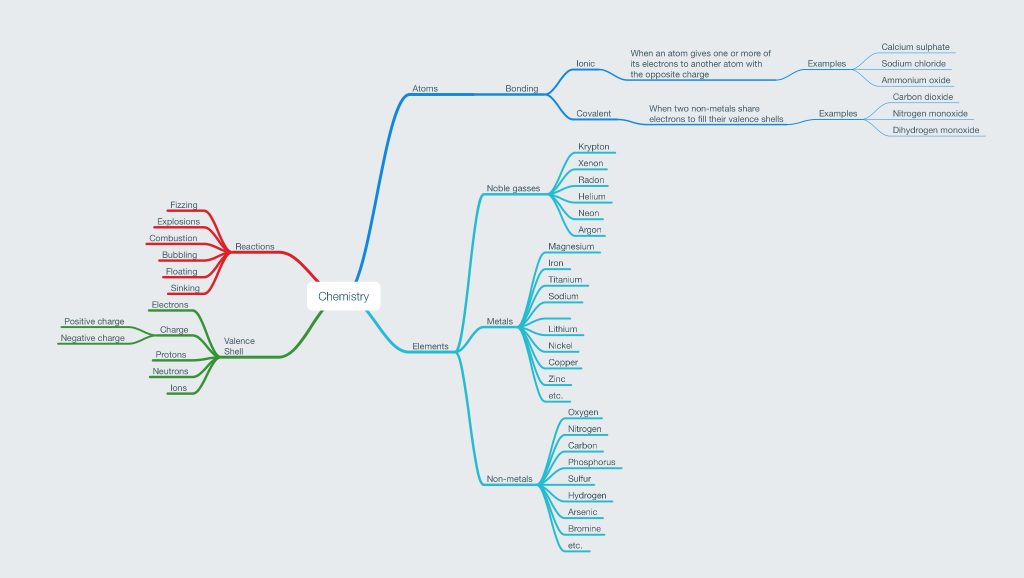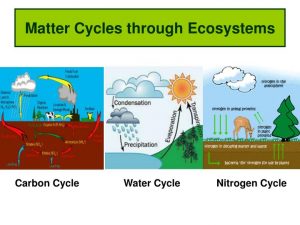A new project has come about in math and it is called The Illest Road Trip Of All Time. We were offered money (imaginary money) to create our own super cool road trip of a life time. A lot of work went into creating and planning out the most amazingly awesome road trip of all time, and the first thing I had to figure out where I was going to go. I decided that I wanted to take a long trip to somewhere tropical that I had never been to before, and ended up deciding on Costa Rica. The criteria stated that your trip had to start and end in New York City, but before I could plan out where to visit along the way, I had to figure out how much everything would cost. I was given 10,000 dollars to cover food, luggage, accommodation, transportation, and any activities that I might want to do along the way. To calculate all of these costs. I also earned a bonus 8000 dollars from a math mini challenge that my group succeeded in.
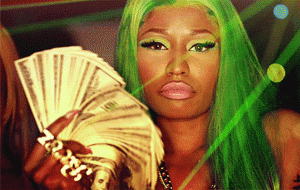
I had to pick what kind of food, lodging, and baggage I would purchase, than total up these costs. My overall baggage ended up costing 75$, and food and lodging came to 200$ per day. I then took these answers and created a total expense equation. The way I did this was by taking the cost of lodging per day (200$), multiplying it by the number of days in the trip (X), and adding the cost of baggage (75$). My equation was y= 200 X + 75, and once I figured out how many days I wanted this trip to last, I would know how much everything would cost. In my case, the cost would be 7075$ because I wanted my trip to be 35 days and 200 x 35 + 75 = 7075$.
Another thing I had to take into consideration cost wise was my transportation. I had a choice between five cars, some cheap, some expensive, but I went with the Cadillac Escalade Hybrid. The reason for this was because the car is nice and spacious, which could be useful if I needed to sleep in my car for a night. To calculate how many gallons of gas I would need for the trip I had to add the cost of the car per day to the amount of days in my trip then divide by the total gallons needed for the trip. My equation was y = 98 x 35 + 1135.96 and the answer is 4565.96$.

I took the two totals from both of my previous equations, put them on a graph, and this is what I came up with.
Next I had to plan out all the stops that I would take between New-York and Costa Rica. For each day, you are only allowed to drive for ten hours before stopping. My first stop is in Philadelphia where I will visit the Philadelphia zoo (tickets cost 17$), then stay the night at a hotel. After Philadelphia I will make a quick stop in Kingsport for gas and get back on the road. My next stop is Mississippi, and there I will visit the town of Gulfport. I’ll then go to Houston Texas and check out the Downtown Aquarium (64.51$ for a ticket) and Space Center Houston (admission is 29.95$).

After Houston, I will go to General Escobedo, which is a small town in Mexico. I’ll stay there for a night and tour around the small town. My next stop is in the middle of a highway in Mexico, and the only reason I would stop there is to sleep in my car because there aren’t any hotels around there. After that I’ll stop in a small town in Mexico called Metehuala. I will stay the night there, wandering around the town and seeing what it has to offer before I head out again to yet another small town called Soyaniquilpan de Juárez. And after Soyaniquilpan de Juárez, i will go to a town called Tres Valles and hike around there, then I will stay the night at my next destination, Chiapas. Chiapas is filled with beautiful waterfalls, dense forests, beautiful mountains, and a quaint little towns. I will explore all of this when I arrive there, and will stay there for a couple days. San Cristóbal is the next beautiful town that I will stay at and explore before I find my way to Guatemala City. When I get to Guatemala City, I will visit the Cathedral of Guatemala City, National palace, and the Pacaya Volcano. I will also take a day to wonder around the city before I leave for the next place on my list. Teguicigalpa is the capital of Honduras and I plan on stopping by to see the city and walk around befor I go to Managua, the capital city of Nicaragua. There I will visit all of its beautiful beaches and cool monuments, before I reach my Final destination of Costa Rica.

I will stay in Costa Rica for around ten days and will get a seven day tour (tour costs 749$) then will explore on my own for the remaining three days. I will take the same route I came on when traveling back to New York, except I won’t be touring around, ill just stop if I need gas, food or sleep, but that was my complete road trip.

The last portion of the project were the sponsorships. We were offered three sponsorships to choose from, Coca Cola, Pepsi, and Snapple. Each sponsorship offered money each day and we had to take this information and create an equation for each sponsorship. Underneath is a picture of the cost information of each sponsorship

For Coca Cola I found the answer by multiplying the mount of days by six, and then seeing how mush more I would have to add or subtract to get the correct cost. My equation for the Coca Cola sponsorship was Y= x6+104. Then I took my answer and tested my equation with the different amount of days and proved that my equation was correct because the costs were the same as the ones in the table. I did the same thing with the other two sponsorships and for Pepsi, the equation was Y= x10+60, and for Snapple, the equation was Y= x22-228.
I took this information and created a graph featuring how much each sponsorship would go up every five days. To find out the answers, I took the number of days and put that in place of the x in the equation. The answer to that would be the number that you would put on the graph. This is the graph that I created.

This project has inspired me to travel to these places in the future and has been a great way of enforcing the laws of linear equations in a fun and informative way.

 The project required me and my partner Adlih to research a location of our choice, find the angle of the sun in that location, design dimensions for the support structure for a model that we would then build with labeled measurements, and finally we would create an instructional video to teach people about the ideal angles for solar panels in their location
The project required me and my partner Adlih to research a location of our choice, find the angle of the sun in that location, design dimensions for the support structure for a model that we would then build with labeled measurements, and finally we would create an instructional video to teach people about the ideal angles for solar panels in their location







